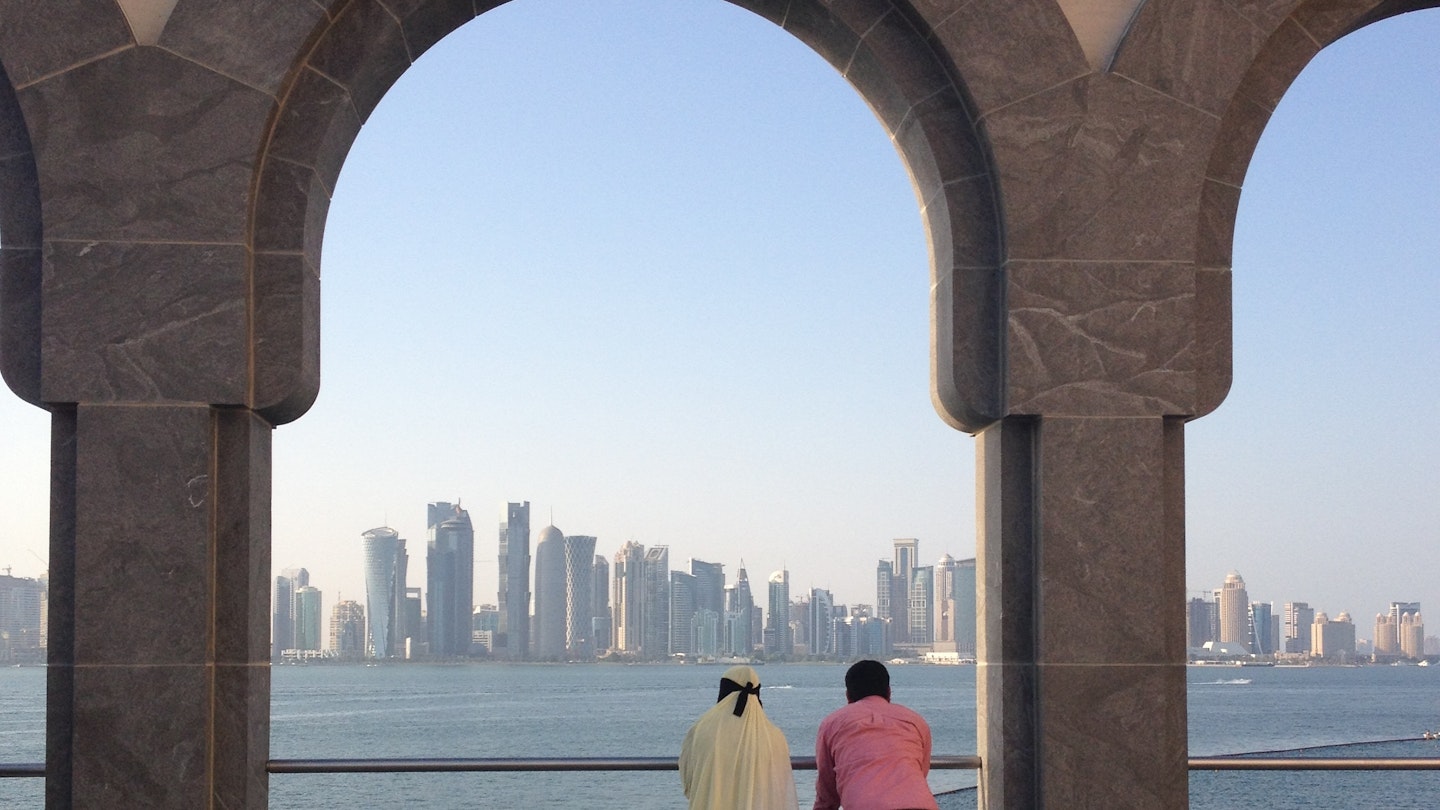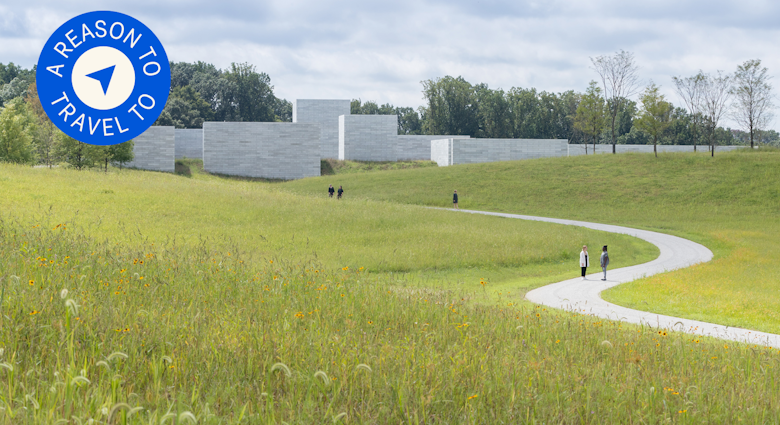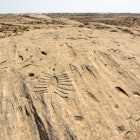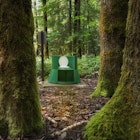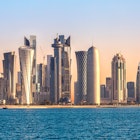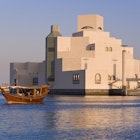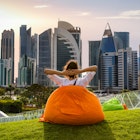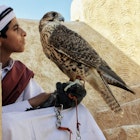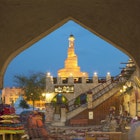There can be few places on earth changing faster than Doha right now – in true Gulf style, the cityscape of Qatar’s capital is rising as steadily as a plume of shisha smoke. A short jaunt around town will pass all-new luxury hotels, art complexes and lofty skyscrapers designed by the world’s finest architects, not to mention the odd Venetian town complete with canals.
Doha is a tiny city, and most of its major attractions, from souqs to art galleries, are within a short taxi ride of each other, making it easy to squeeze them all in on a short stopover.

Sports stadiums, malls and hotels are springing up as Qatar readies itself to host the FIFA World Cup 2022, set to go ahead in the wake of a series of controversies. But despite the international appearance of all this development, it would be a mistake to think that Qatar was drifting away from its own culture. A strong sense of identity and heritage infuses every experience here, whether that’s hearing the dawn call to prayer through the window of a five-star suite, or watching a traditional dhow boat sail past the contemporary Museum of Islamic Art. This place may be moving quickly, but it seems determined not to leave anything behind.
The Corniche
A drive, cycle or walk along Doha’s long, horseshoe-shaped corniche is the perfect way to introduce yourself to the city. The man-made bay stretches for seven kilometres, past palm trees, skyscrapers, soft sands, grassy parks or traditional wooden dhow boats, depending on which area you find yourself in. On cooler evenings the spacious pathways that line the waters’ edge get busy with families and couples relaxing – join them to admire the views and get your bearings.

Museum of Islamic Art
The treasures in this world-class museum have been sourced from across the Islamic world, although are not necessarily religious works. Displays are as diverse as a ruby-studded golden falcon from India, Ottoman-era pointed steel helmets and exquisitely painted Persian pottery, not to mention the rare and ancient collection of Quranic manuscripts. Then of course, there’s the building, a work of art in itself. Before creating it, starchitect IM Pei travelled through the Middle East for months on end, searching for ways he could convey ‘the essence of Islamic architecture’. The result is utterly inspired, its bright white cubes reflected in the surrounding sea by day and illuminated by night. Look out for Islamic details incorporated in the design – the curved openings in the top tower resemble the eye slit of a burqa, and the museum’s ceiling is a traditional geometric pattern. It’s no overstatement to say that this heart-stirring place alone would make a visit to Doha worthwhile.

Souq Waqif
This market was built on the site of an old Bedouin marketplace, and in the last few years was given a complete revamp, using stone and wood to create an old-world feel. The Souq Waqif’s animal market is the most exotic corner, with everything from plastic tubs of baby terrapins to cages full of tropical parrots, rabbits, kittens and lizards. Drop in to the nearby Falcon Souq to check out the highly prized hunting birds too.
In other corners of the souq, there are plenty of more packable souvenirs for sale, such as pashminas, pretty homewares, teas and spices. That said, it’s more of a place to wander around than do any serious shopping. Do as the Qatari families do and stroll through for an evening’s entertainment, taking in the scent of sweet Arabic perfumes mixed with the unmistakable whiff of rabbit, the low buzz of market negotiations and the steam billowing from the food stalls. There are plenty of casual cafes and restaurants around too here, so grab an outdoor table if you want to sit and soak up the atmosphere.
Driving the desert dunes © Matilde Gattoni / Getty Images
Desert safari
Got a little bit longer to spend in Qatar? For a total change of pace, a dune-bashing drive into the desert might be just the thing. Once you’re strapped firmly in the seat of a 4WD, you’re at the driver’s mercy, hurtling up and down steep dunes with sand spraying against the windows – it’s adrenaline pumping stuff. Survive that, and the reward is a photo-op in one of the desert’s most scenic viewpoints – if you’re lucky, just as the sun is setting.
If you have time, ask the driver to include a stop at the inland sea and squint over at the Saudi border on the other side. Desert safari packages can also include camel riding and quad biking. Qatar International Adventures offer a decent range of tours.
Where to stay
Be prepared to shell out big – Doha’s accommodation is far from cheap. Many of the major five-star chain stalwarts are here including the grand and sprawling St Regis, trendy W Hotel, Grand Hyatt and Four Seasons brands. For an equally luxurious but more local experience, choose one of the eight Souk Waqif Boutique Hotels. These smaller properties give the impression of staying in an (extremely wealthy) Arab home and are based right in the heart of all the market action. Anantara's Banana Island Resort is open for business too. The island lies about 20 minutes' away from the mainland by ferry (or you can use the helipad if you’d rather), and there's a range of resort-style accommodation here, including rooms with pool and beach access and villas built right over the sea.
Need to know
- Qatar is a conservative Muslim country, and so alcohol is only served in 5-star international hotels.
- To show respect to the country’s religion and culture when out and about, women should avoid wearing revealing clothing (it’s expected that shoulders and knees stay covered), and men should stick to long shorts or trousers. It’s OK to wear what you like within the walls of your hotel and swimwear is fine on hotel beaches and by pools, but not on public beaches.
- The best time to visit Qatar is between October and March when the weather is warm and dry, but not quite hot. The temperatures might be scorching in the summer, but air conditioning in malls, hotels and taxis can be fierce, so it’s worth packing light cardigans or jumpers as well as the sunhats.
- If you don’t have your own transport, taxis are the easiest way to get around and are relatively cheap. Be aware that street names aren’t commonly used. Instead locals navigate using a combination of landmarks and directions. If your destination isn’t well-known, find out a nearby landmark to tell your driver before you set off.
